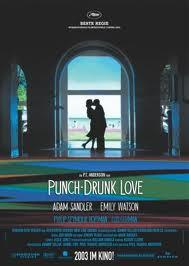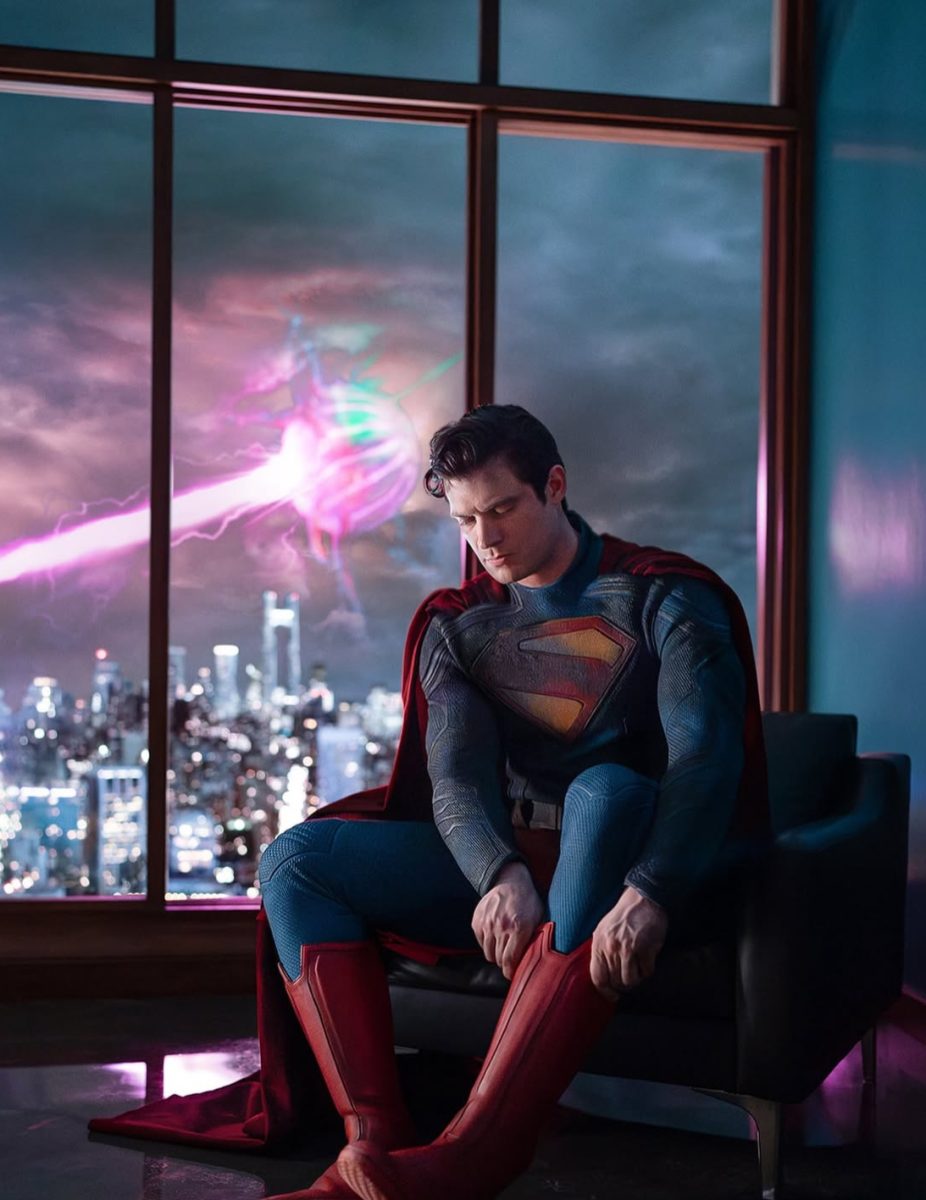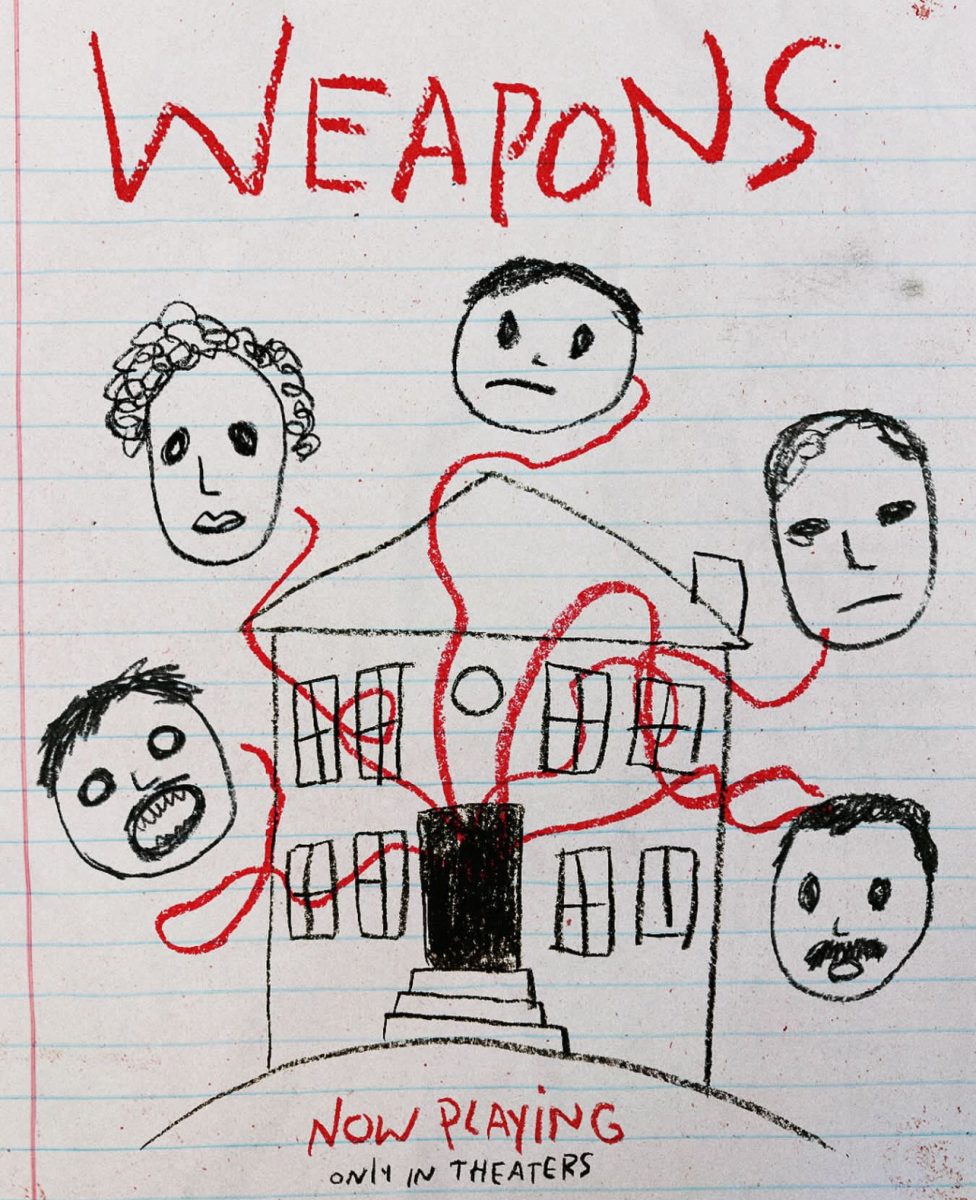By DANIEL FINNEGAN
CONTRIBUTING WRITER

Over the years, many comedic actors have made successful forays into the dramatic acting field, displaying depths that audiences never suspected they possessed. While there have been many effective performances like this, the following five actors were particularly triumphant in their ability to reveal the darker side to their typically comic natures.
5. Marlon Wayans in Requiem for a Dream
Coming from a family of many celebrities and actors, Wayans first gained notoriety on the television show “In Living Color,” which was created by his brothers Keenen and Damon, and the WB series “The Wayans Bros.” In 2000, however, writer-director Darren Aronofsky cast Wayans in his first dramatic turn in Requiem for a Dream.
A harrowing tale of drug abuse, Wayans, along with the rest of the cast, beautifully portrays the depths and depravity that comes with being a drug addict. In perhaps the best film to ever depict the despair of addiction, Wayans embraced his character wholeheartedly and shamelessly, managing to create a lovable and yet deeply depressed man battling serious illness.
4. Jerry Lewis in The King of Comedy
In a film that lacks the necessary humor to be labeled a dark comedy, and yet is too creepy and disturbing to be singularized as a drama, Martin Scorsese managed to create one of the most pained and disoriented characters he has ever put on the screen. This character, played by Robert De Niro, idolizes a late-night television host played by Jerry Lewis in a role as different from his earlier works as you will ever see.
Lewis, known for his slapstick humor in films like The Nutty Professor, portrays the late-night host as a frustrated and self-centered comedian, who suffers at the hands of the De Niro character’s disillusionment and insanity. Lewis gives a fantastic performance that accompanies and matches De Niro’s so perfectly that Scorsese once described it as vastly under-appreciated and deserving of more acclaim.
3. Adam Sandler in Punch-Drunk Love
Have you ever wondered where that infamous manic rage stems from in Sandler classics such as Happy Gilmore and Mr. Deeds? Why did Sonny Koufax from Big Daddy find such glee in tripping rollerbladers? In Punch-Drunk Love, Paul Thomas Anderson’s camera poignantly follows Sandler as Barry Egan, a dejected and lonely man, while his seven sisters torment and frustrate him until he erupts in violent rage.
The film follows Sandler’s character as he falls in love with a woman named Lena, played by the always beautiful Emily Watson (War Horse). Companions in their loneliness, the two create a sweet and innocent romance, even as Barry’s rage continues to make itself evident.
The film is an elegant study of a unique individual and would later inspire Judd Apatow and Sandler to make the wonderful film Funny People, another fantastic dramatic turn in Sandler’s career.
2. Jim Carrey in Eternal Sunshine of the Spotless Mind
Best known for his remarkably quirky physical comedies, Jim Carrey first whet audiences and critics’ appetites with his performance in comedy-dramas such as The Truman Show and Man on the Moon. However, it was inEternal Sunshine of the Spotless Mind where he committed himself to a dramatic role, and his immense talent shone through.
Ingeniously written by Charlie Kauffman (Being John Malkovich), and directed by Kauffman’s frequent collaborator Michael Gondry (The Science of Sleep), Eternal Sunshine takes a unique and bizarre concept, and adds in an existential and offbeat screenplay, along with a magnificent star studded cast, to create one of the best films of the past decade. At the core of this emotional and peculiar rom-com is Carrey’s character Joel Barish, and while Kate Winslet’s (Titanic)portrayal of a wild and unbridled beauty, aptly named Clementine, garnered a majority of the praise, it is Carrey’s deeply saddened puppy-dog brown eyes, yearning to be loved, that tie the whole story together.
1. Bill Murray inLost in Translation
Bill Murray, everyone’s favorite and most beloved funny man, has had one of the most unique film careers in recent memory. Known for his dry and unorthodox characters, Murray became immensely popular in critical and financially successful comedies like Caddyshack, Stripes and Ghostbusters.
Following the success of these films, Murray worked diligently to get a remake of a film called Razor’s Edge, written by and starring Murray. His first attempt at drama, though not a huge success, displayed stunning dramatic acting abilities and an everyman quality that was amazingly relatable.
Throughout the ’90s Murray continued his string of box office hits, starring in What About Bob?, Groundhog Day and The Royal Tenenbaums, which, while they were marketed as comedies, contained Murray’s distinct characters that had surprising emotional power. However, it was in 2004 that Murray created one of the most lovably frustrating characters in movie history, the washed up movie star Bob Harris.
As delightful and hilarious as it is, Sofia Coppola’s Lost in Translation is one of the most honest and realistic portraits of two terribly sad and lonely people, and the friendship and love they find in one another. The simplicity and subtleties in Murray’s acting, exuding such sadness and confusion, formed a palpable sense of anguish and a noticeable craving to be understood.
No. 1 on this list, Murray’s dramatic performance transcends the comedy-drama, and belongs on a list of great performances in film history.






































































































































































































